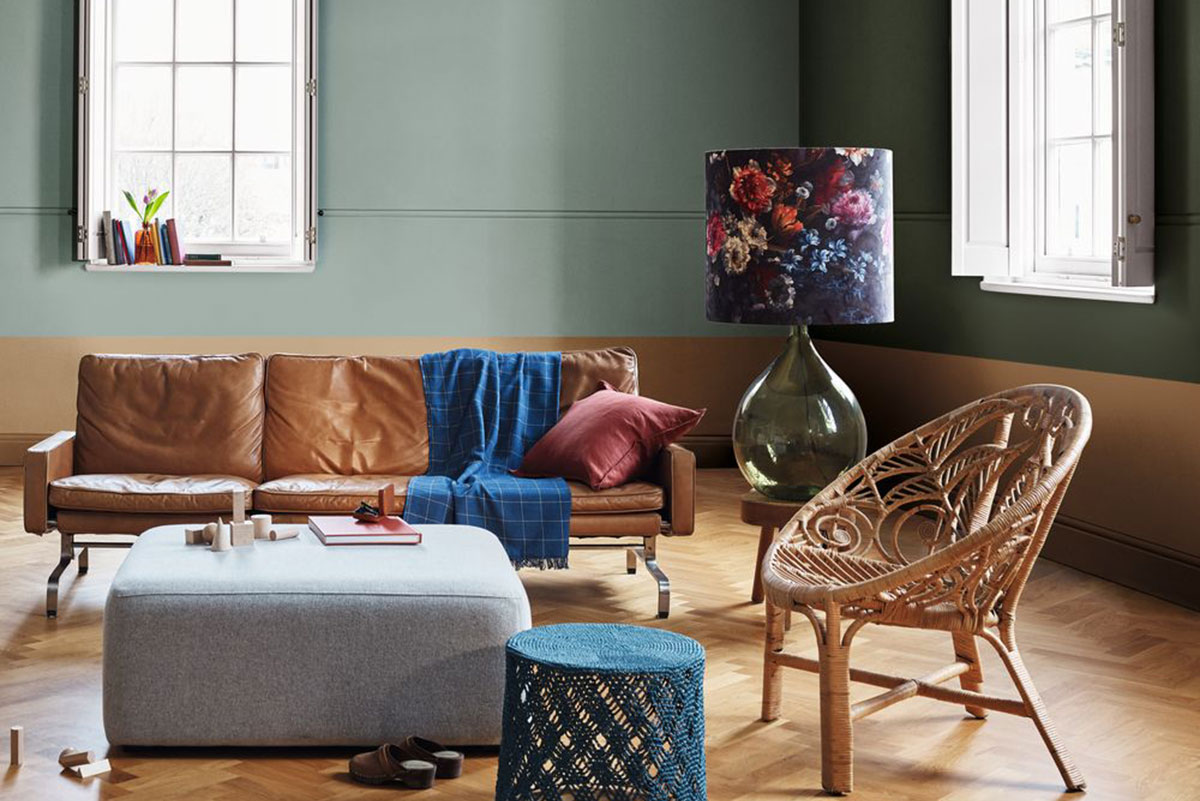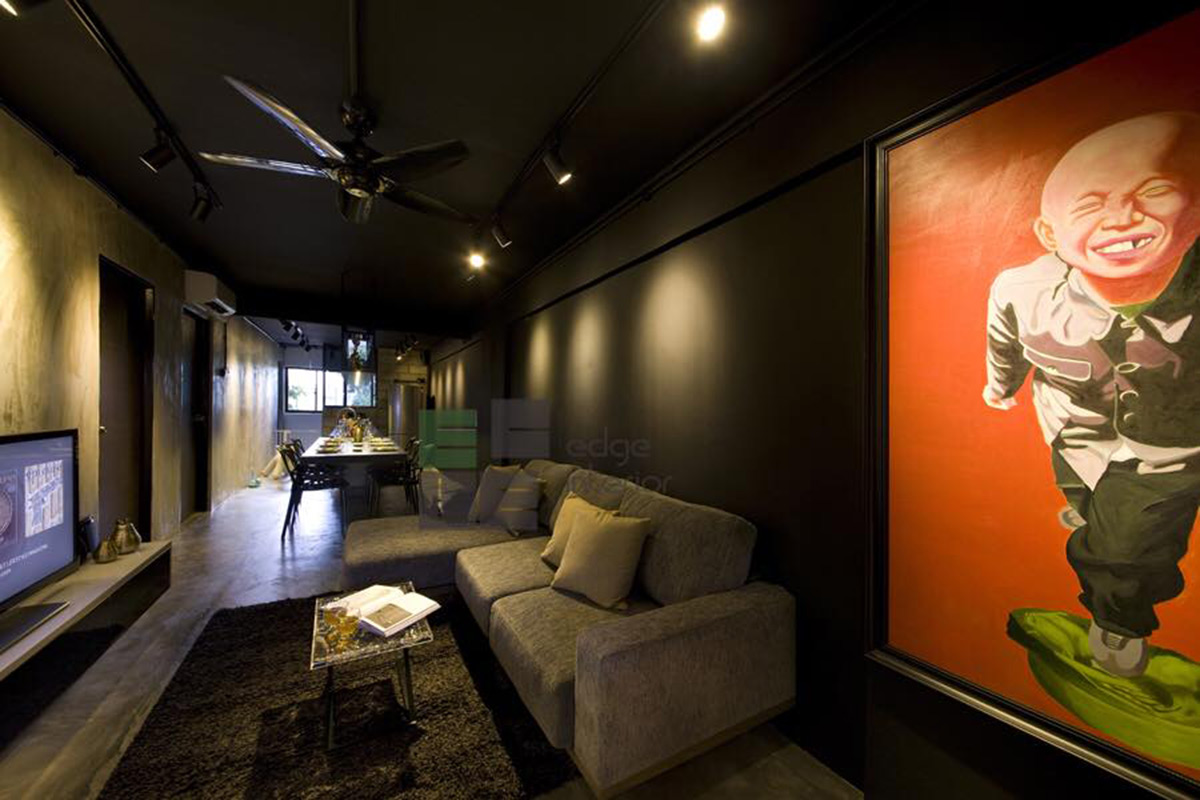Choosing paint colours for homes can be an agonising process for homeowners. Most would end up picking between 50 shades of white or greys for their walls for many reasons – to ensure that their home spaces look bright and spacious and to ease the process of mixing and matching their furniture and furnishings. Admittedly, white and grey palettes are classic colours that can look chic and on-trend. However, for those who desire to be a little bolder and more creative with their colour choices but perhaps feel a little out of their depth, we seek the help of experts over at Dulux for some possible selections of versatile colour palettes for your home beyond the usual whites or greys.
Mauve blush
Perfectly paired with soft pinks, purples and darker neutral tones, mauvy blush is a subtle choice that can be easily styled to suit your own home, without simply blending into the background. It also works beautifully with wood-like vinyl flooring that is highly popular in local homes.

Image credit: Dulux
Picking up on its soft, rustic tone, any oak inspired designs and furniture can also make a perfect pairing for creating a warm space with a contemporary feel. Pair this colour palette with a mix of plush fabrics in your bedroom to create a cosier and snug atmosphere.
Amber
Warm, luxurious and amazingly adaptable, shades of amber make for a perfect neutral colour scheme in any room. Mix shades of amber to bring a sense of grounded luxury and warmth to any room. You can even mix wood tones in the room without worrying about any of them clashing with the walls – and a neutral shade of amber on the walls also means that you can introduce bolder accent shades in curtains, throw rugs and other accessories to give the space more personality. For instance, try contrasting amber with shades of blue or violet and you will find that these hues instantly make amber look and feel brighter. A classic tan leather sofa will further bring out the richness of the amber shade.

Image credit: Dulux
Earthy amber colour palettes also form a neutral landscape for muted pastels, warm woods and tactile textiles, creating a space that is good for rest and reflection. In spaces where you want to add light without losing warmth, such as a hallway, you could opt for pale, rose hues of amber, which look great under any light.
Blue
Blue is another versatile colour scheme that introduces tranquillity, comfort and serenity. Darker tones of blue bring a sophisticated feeling to your room. Consider playing off the dark contrast with blush pastels, creams and light wood-toned furniture to create a dark romantic look like below.

Lighter oranges and yellows are accent colours that will always pop against deeper blues of teal and navy. Add gold picture frames and lamps for a little shine. In lighter shades, blues can also create a feeling of being in a larger space. For instance, a shade of Mediterranean blue helps to blur the room’s boundaries thereby, making it look bigger than its actual size. Lighter blue walls also make an excellent backdrop for stronger colours or patterns in your house furniture or accessories.
Black
If you are on the hunt for a hue that can elevate your space in an instant, look no further than black. Black wall paint and decor can invigorate just about any room, from a cosy library to a spacious kitchen. Not only are dark walls wonderfully atmospheric, but they will also make your room feel more expensive, especially when balanced with a light-coloured floor and ceiling. The colour adds depth, strength and definition to any space, and it can be used to convey elegance, sophistication, luxury, or perhaps a touch of mystery.

Image credit: Edge Interior
Already, several Singaporean homes are starting to incorporate this statement colour to create a more unique, modern and luxe vibe. If this is your first black-wall rodeo and feeling apprehensive, painting just one wall still brings in the drama without enveloping you in darkness, and is a particularly good trick for a large space. A black accent wall visually sets up a nice contrast that can make the rest of the space seem brighter by comparison. Black is a perfect background colour that creates high contrast with other colours. It is the least visible of all colours and can make a room appear more intimate.
The key to making black walls work is to ensure a great majority of everything else in the room pops against it. This means lighter colour furnishings, floors, mouldings, accents and even art (though keeping things in a matching ebony shade is a great way to lessen the visual impact of an imposing piece). This way, you do not end up with a deep, dark cave.



